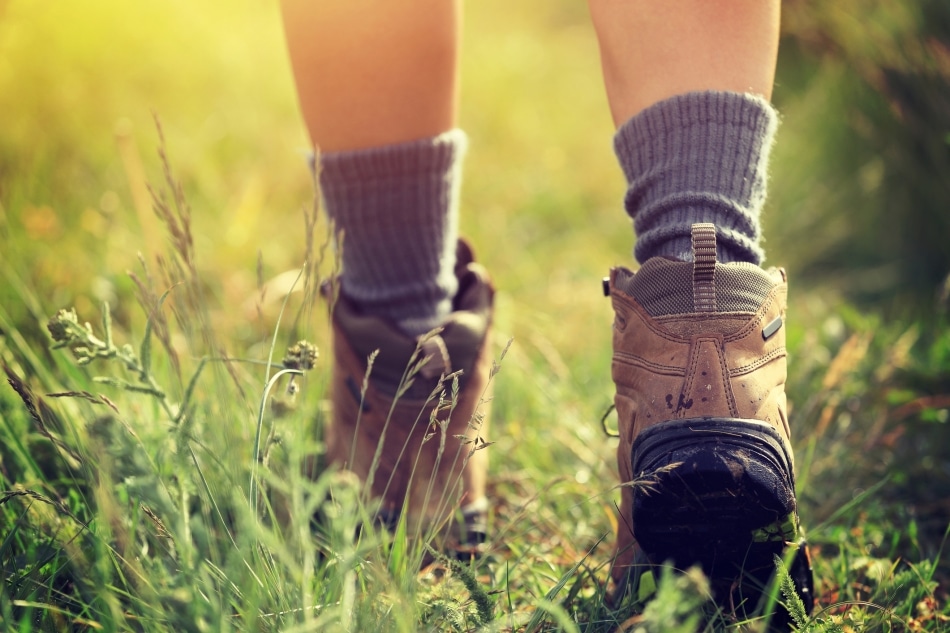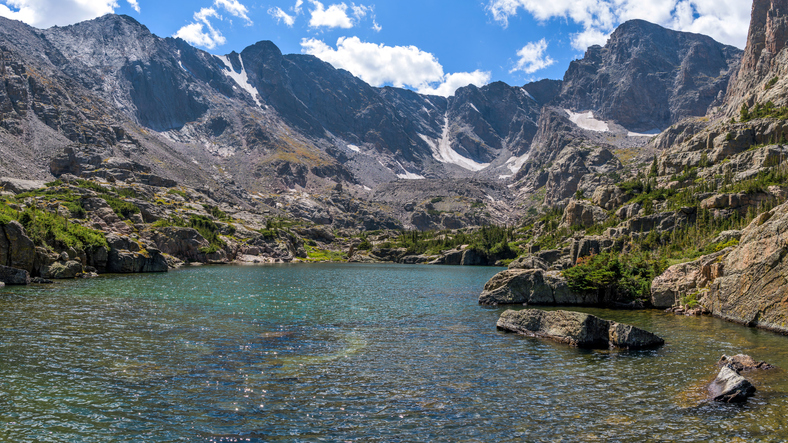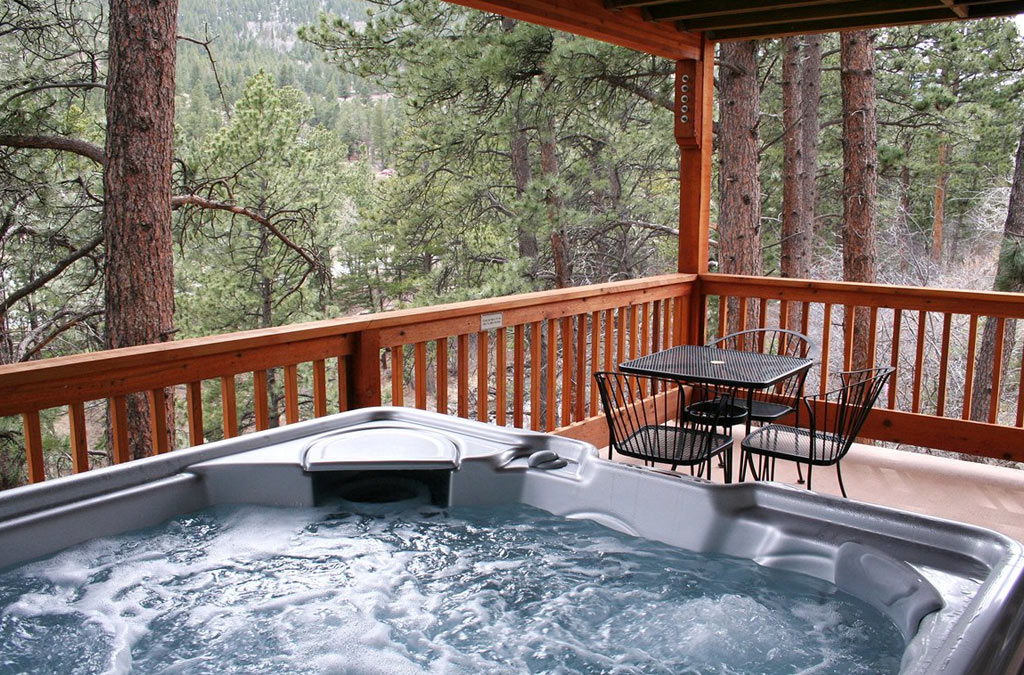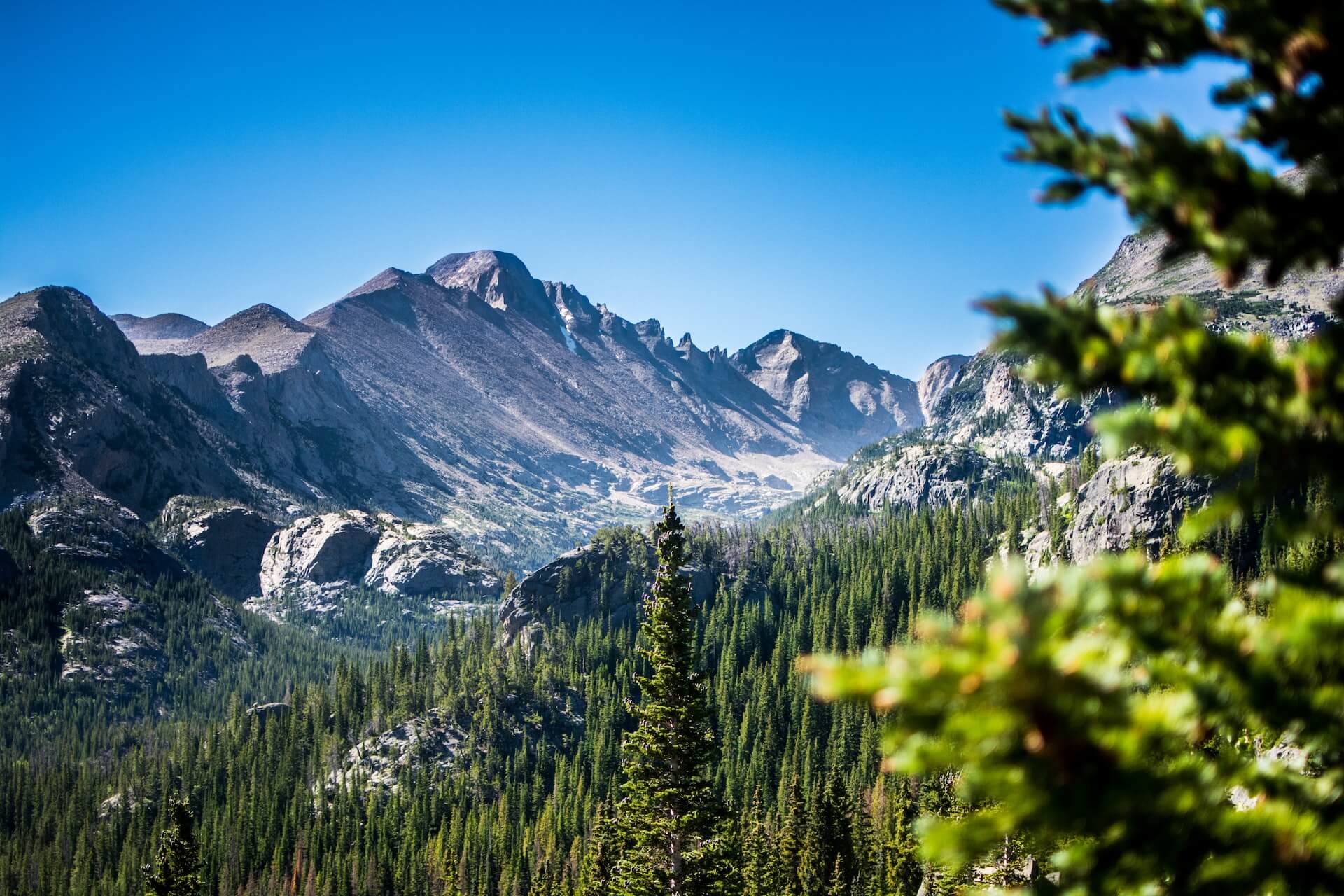Summertime in the Rockies is the best time to head out for a hike, but just as the right ski boot is needed for skiing, having the right hiking boot can make or break your summer hiking adventure. Picking the right hiking boot can mean the difference between a blistering blunder and an enjoyable hike. Use our guide on how to choose a hiking boot for your next mountain adventure in Estes Park.
What kind of a hiker are you?
Knowing what type of trekker you are is an important first step in narrowing down the right boot for your hiking adventures. Think…are you a casual day-hiker or are you a backcountry expert with more mileage than a backcountry skier? Knowing where you fall within the spectrum will help determine the style of boot or shoe you will need.
- Day hiking boots – Perfect for day hiking, these lighter versions are a bit tougher than running shoes and are great for the light-hearted hiker. Typically, they flex easy and require very little break-in time.
- Mountaineering boots – If you encounter tough terrain such as rocky surfaces, glacial trails, and snowy peaks, these boots are built to handle anything that may come across their path.
- Backpacking boots – Made for a variety of terrain, these boots are built to withstand almost any conditions when making a multi-day trek.
What is it made of?
What makes up the construction of your hiking boot is important to know. The wrong material can make your feet hot, cramped, and even cause blisters. To ensure ultimate comfort, know what material the hiking boot is made from.
- Synthetics – These materials are easy to break in, are lighter than other materials, and dry faster when wet. Typically, you will see synthetic leather, nylon, and polyester within this material group.
- Full-grain leather – Offering excellent durability, scuff resistance, and water resistance, this material is most commonly used on backpacking or mountaineering boots. This material tends to not be as light or breathable as synthetics or split-grain leathers. Much-needed break-in time is suggested with this type of material.
- Split-grain leather – Coupled with nylon or nylon mesh for a lightweight and breathable boot. At a lower cost, these boots have a lower resilience to water and scuff-resistance.
- Waterproof material – A boot that is labeled as “waterproof”, means the uppers are constructed with waterproof/breathable membranes (like Gore-Tex®) to help keep your feet dry when crossing those river streams.
What makes the cut?
Hiking boots come in a variety of cuts that will support you in whatever type of hiking you plan to do.
- Low-cut – Similar to running or walking shoes, they are perfect for lightweight, casual day-hiking.
- Mid-cut – This cut offers more ankle support and balance when hiking through uneven terrain.
- High-cut – Optimal balance is needed when trekking over large boulders. This cut is best for the adventurous hiker who is crossing difficult terrain.
Try them on for size
Always try on a hiking boot before making a purchase. Use these tips when trying on your boot.
- Know your size.
- Try them on at the end of the day, as feet tend to swell during the day and you will have a truer fit.
- Wear appropriate socks. Try to bring the socks you plan to wear hiking for a better fit.
- Consider insoles for added comfort and support.
- Walk around in the boots at the store. You will know if they feel ok or not.
Last, but certainly not least…
Break your boots in before your first trip. Give them a test run before heading out for the day or the multi-day backpacking trip. Places like REI will gladly take back boots, even when worn if they are not what you expect once you’ve worn them in.
Now that you know how to choose a hiking boot, hit the trails this summer during your stay at Rocky Mountain Resorts.






